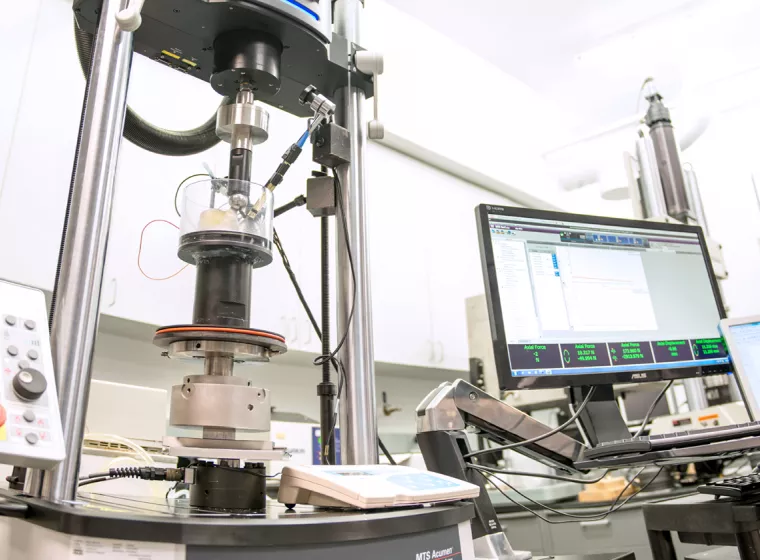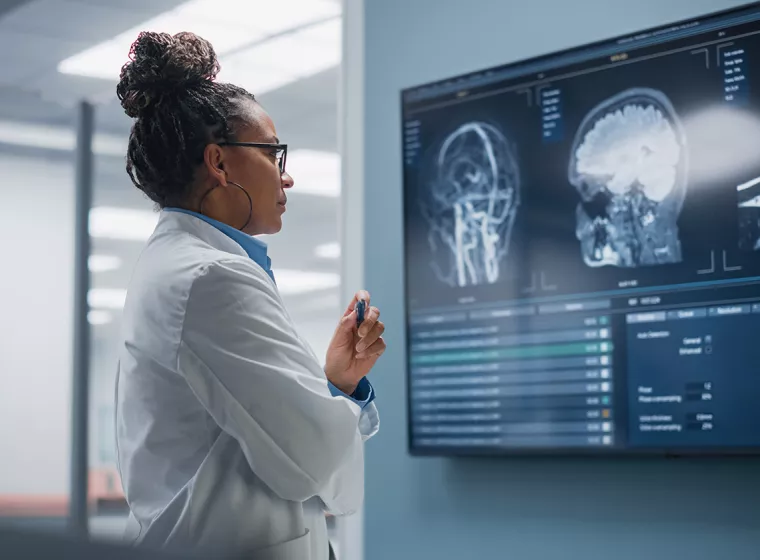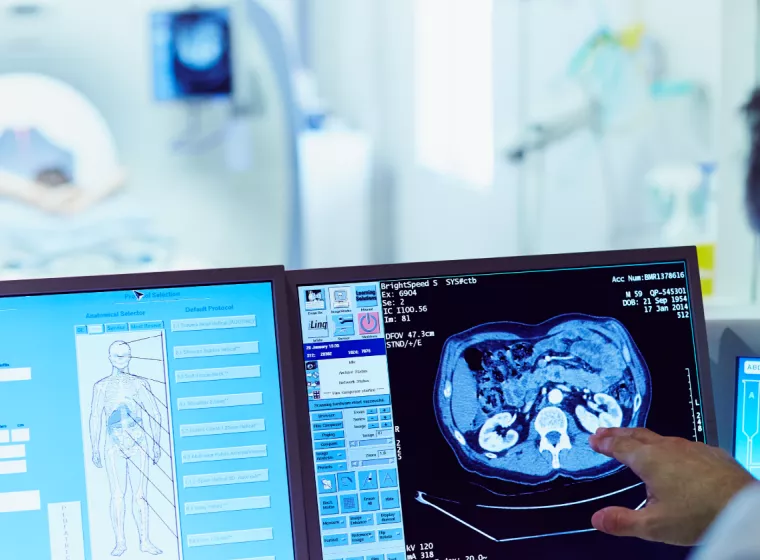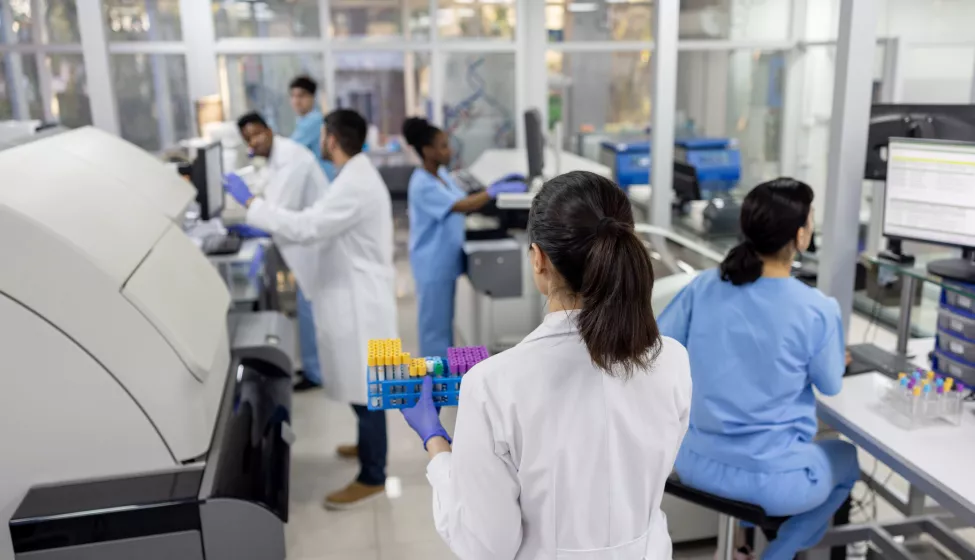May 15, 2024
New rule creates premarket review, reporting, quality system, and other requirements for laboratory developed tests
On April 29, the Food and Drug Administration announced a long-anticipated final rule classifying laboratory developed tests (LDTs) — in vitro diagnostic (IVD) products manufactured by laboratories and used in a single clinical laboratory — as medical devices under the Federal Food, Drug, and Cosmetic (FD&C) Act.
The final rule includes a four-year phaseout of FDA's general enforcement discretion approach, keeping some specific enforcement discretion policies for certain categories of IVDs. Previously, the Centers for Medicaid and Medicare Services (CMS) oversaw LDTs on a federal level per the Clinical Laboratory Improvement Amendments (CLIA). Since the enactment of the Medical Device Amendments of 1976 to the FD&C Act, FDA has been exercising enforcement discretion over LDTs without actively regulating them.
Reasoning behind FDA's new rule for laboratory developed tests
From diagnosing heart disease to predicting cancer risk, modern LDTs have become increasingly complex and more widely used for critical healthcare decisions. However, according to FDA, there's a "growing body of evidence that demonstrates that some IVDs offered as LDTs raise public health concerns; for example, they do not provide accurate test results or do not perform as well as FDA-authorized tests." The final rule aims to provide LDT oversight to ensure that patients and healthcare professionals can trust these test results that form the basis for so many important healthcare decisions.
A four-year phaseout plan for enforcement discretion
FDA's final rule, published May 6, 2024, describes a four-year phaseout of its general enforcement discretion approach for LDTs, broken into five stages:
- Stage 1: beginning 1 year after the publication date of this final rule, FDA will expect compliance with MDR [Medical Device Reporting] requirements, correction and removal reporting requirements, and QS [quality system] requirements under § 820.198 (21 CFR 820.198) (complaint files);
- Stage 2: beginning 2 years after the publication date of this final rule, FDA will expect compliance with requirements not covered during other stages of the phaseout policy, including registration and listing requirements, labeling requirements, and investigational use requirements;
- Stage 3: beginning 3 years after the publication date of this final rule, FDA will expect compliance with QS requirements under part 820 (21 CFR part 820) (other than requirements under § 820.198 (complaint files), which are already addressed in stage 1);
- Stage 4: beginning 3½ years after the publication date of this final rule, FDA will expect compliance with premarket review requirements for high-risk IVDs offered as LDTs (IVDs that may be classified into class III or that are subject to licensure under section 351 of the Public Health Service Act), unless a premarket submission has been received by the beginning of this stage in which case FDA intends to continue to exercise enforcement discretion for the pendency of its review; and
- Stage 5: beginning 4 years after the publication date of this final rule, FDA will expect compliance with premarket review requirements for moderate-risk and low-risk IVDs offered as LDTs (that require premarket submissions), unless a premarket submission has been received by the beginning of this stage in which case FDA intends to continue to exercise enforcement discretion for the pendency of its review.
Source: Medical Devices; Laboratory Developed Tests — A Rule by the Food and Drug Administration
Targeted enforcement discretion for laboratory developed tests
For certain categories of IVDs, FDA will exercise targeted enforcement discretion and generally not enforce premarket review and some quality system requirements. For example, compliance with adverse event reporting, reporting of corrections and removals, complaint files, establishment registration, device listing, labeling, investigational use requirements, design controls, purchasing controls, acceptance activities, CAPA, and records requirements are mandatory depending on the category, including:
- LDTs manufactured and performed by a laboratory integrated within a healthcare system to meet an unmet need of patients receiving care within the same healthcare system when an FDA-authorized test is not available
- Currently marketed IVDs offered as LDTs that were first marketed before the issuance of the final rule as long as they are not modified or only modified in certain ways
- Certain non-molecular antisera LDTs for rare red blood cell antigens when such tests are manufactured and performed by blood establishments
- LDTs approved by the New York State Department of Health Clinical Laboratory Evaluation Program
- Certain modifications of another manufacturer's 510(k) or de novo authorized test
For other categories, FDA will continue to exercise enforcement discretion, and compliance to the phase-out policy is generally not expected, including:
- Public health surveillance tests
- "1976-type LDTs," meaning those that include components legally marketed for clinical use performed by specialized personnel using manual techniques in a single CLIA laboratory certified for high complexity testing
- Certain Human Leukocyte Antigen tests
- Tests intended solely for forensic (law enforcement) purposes
- LDTs manufactured and performed within the Department of Defense or Veterans Health Administration
Targeted enforcement discretion is intended to protect patients by ensuring access to testing they currently rely on. In addition to the above policies from the final rule, FDA issued two draft guidances on April 29 describing:
- Details about an enforcement discretion policy for certain unauthorized IVDs for immediate response to an emergent situation
- What the agency will consider when developing an enforcement discretion policy for certain IVDs during a public health emergency
What does the final rule mean for clinical laboratories, healthcare providers, and patients?
The implementation of a regulatory framework and phasing out of LDT enforcement discretion could have major ramifications for a range of stakeholders. At a minimum, treating LDTs as medical devices means they'll need to meet device requirements under the FD&C Act, including labeling and investigational use requirements, adverse event reporting, QS requirements, and premarket review.
Even for LDTs that don't need to meet full QS and premarket review requirements, compliance with labeling, records, MDR, corrections and removals reporting, and registration and listing requirements are mandatory. FDA encourages laboratory manufacturers to begin working toward compliance with these requirements sooner than the end of the time frames specified for each stage of the phaseout policy.
What Can We Help You Solve?
Exponent's multidisciplinary biomedical engineers, health scientists, and regulatory experts help clients navigate the complex regulatory approval process for IVDs. We support quality system gap analysis and implementation, real-world evidence collection and analysis, premarket regulatory strategy, cybersecurity, device testing, supplier audits, manufacturing process changes, regulatory submissions, and value and access evaluations.

Regulatory Compliance for Medical Products
Experienced regulatory support for medical devices, pharmaceuticals, and combination products.

Biomedical Engineering Laboratories
Expert biomedical laboratory services, delivering evidence-based answers for your most complex challenges.

Life Sciences Due Diligence
Due diligence technical consulting services to help verify the science and technology behind medical devices and related therapeutics.

Materials Used in Medical Devices, Implants & Surgical Tools
Expert evaluation of the materials used in medical devices, implants, and surgical tools.

Clinical & Pharmacoepidemiology
Rigorous pharmacoepidemiology studies and clinical trials.

Cybersecurity Consulting
Identify cybersecurity risks and implement the security controls you need to effectively combat them.

Data Analysis
Strategic guidance leveraging state-of-the-art analytical tools, including statistical modeling, machine learning, artificial intelligence, and more.

Real-World Evidence Consulting
Leverage real-world data to improve healthcare decisions.





